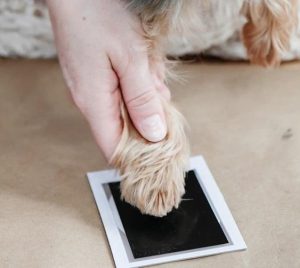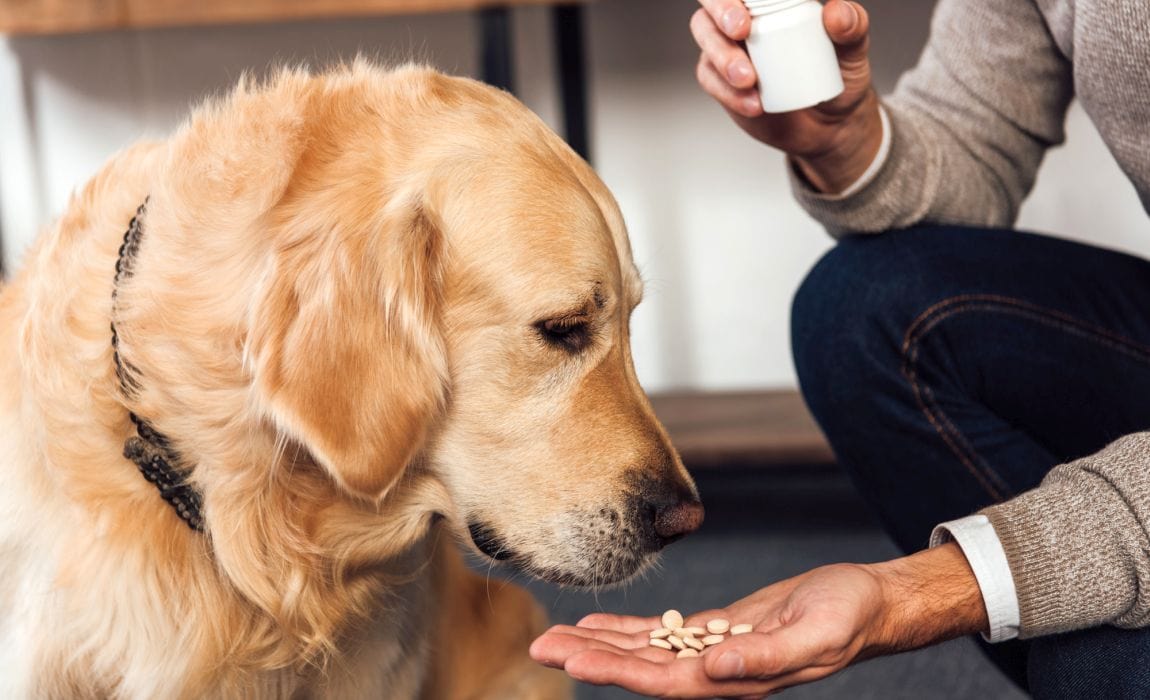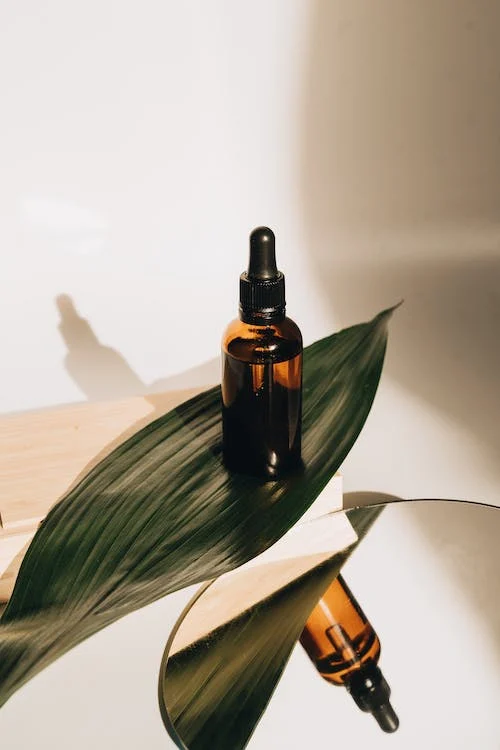When it comes to our beloved furry friends, their paws are essential for their mobility and overall well-being. Unfortunately, dog paw pad injuries can occur due to various reasons such as rough terrain, sharp objects, extreme weather conditions, or even excessive exercise. As responsible pet owners, it’s crucial to know how to handle such injuries promptly and effectively. In this comprehensive guide, we will provide you with detailed steps and expert advice on what to do if your dog experiences a paw pad injury, ensuring their comfort and a speedy recovery.
Understanding Paw Pad Injuries:
Dog paw pads are thick, cushioned areas on the underside of their paws that protect their bones and joints while providing traction. These pads can be susceptible to cuts, abrasions, burns, or other types of injuries. Identifying the type and severity of the injury is essential to determine the appropriate course of action. Common paw pad injuries include cuts, lacerations, puncture wounds, burns, and torn pads.
Step 1:
Assess the Injury: Start by gently examining your dog’s paw pad injury. Wear clean gloves if necessary to prevent infection. Look for signs of bleeding, swelling, or debris lodged in the paw. Assess the depth and size of the wound. If the injury appears serious or is causing your pet significant pain, seek veterinary attention immediately.
Step 2:
Clean the Wound: If the paw pad injury is minor and you decide to treat it at home, the first step is to clean the wound thoroughly. Begin by rinsing the affected area gently with lukewarm water to remove any dirt or debris. Avoid using harsh soaps or disinfectants, as they can further irritate the wound. Pat the paw dry with a clean towel.
Step 3:
Stop the Bleeding: If there is bleeding, apply gentle pressure to the injured paw pad using a clean cloth or sterile gauze. Maintain the pressure for a few minutes until the bleeding stops. If the bleeding persists or is excessive, seek immediate veterinary attention.
Step 4:
Apply Antiseptic: Once the wound is clean and dry, apply a pet-safe antiseptic solution recommended by your veterinarian. This helps prevent infection and promotes healing. Be sure to follow the instructions provided by your vet or the product’s packaging carefully.
Step 5:
Protect and Bandage the Paw: To protect the injured paw pad from further damage and to keep it clean, consider applying a sterile, non-stick pad over the wound. Secure the pad with a dog-specific adhesive wrap or medical tape. Ensure the bandage is snug but not too tight, as it should allow for proper circulation.

Step 6:
Monitor and Prevent Licking: It’s essential to prevent your dog from excessively licking or chewing the bandaged paw pad, as this can slow down the healing process or introduce infection. Consider using an Elizabethan collar or a specially designed dog bootie to prevent licking. Monitor the bandaged paw regularly for any signs of irritation or infection.
Step 7:
Follow Vet Instructions: If you sought veterinary attention, carefully follow the instructions provided by your veterinarian. This may include administering any prescribed medications, following a specific bandage changing schedule, or attending follow-up appointments. Adhering to these instructions will ensure the best possible outcome for your dog’s recovery.
Step 8:
Rest and Limit Activity: During the healing process, it’s crucial to restrict your dog’s physical activity and provide ample rest. Excessive movement or walking on rough surfaces can impede the healing process or cause further injury. Create a comfortable and safe space for your dog to relax and recover.
Step 9:
Prevent Future Paw Pad Injuries: To minimize the risk of future paw pad injuries, take preventive measures. Trim your dog’s nails regularly to prevent overgrowth that can lead to paw pad issues. Keep their paws clean and inspect them after walks or outings. Avoid walking them on hot pavement or icy surfaces. Consider using dog booties for added protection, particularly when walking on rough terrain.

Conclusion:
Dealing with a dog paw pad injury can be distressing, but by following the appropriate steps outlined in this guide, you can ensure your furry friend receives the care they need. Remember, if the injury appears severe or is causing your pet significant pain, consulting a veterinarian is always the best course of action. With your love, attention, and prompt treatment, your dog’s paw pad injury will heal, and they will be back on their feet, ready to explore the world by your side.



